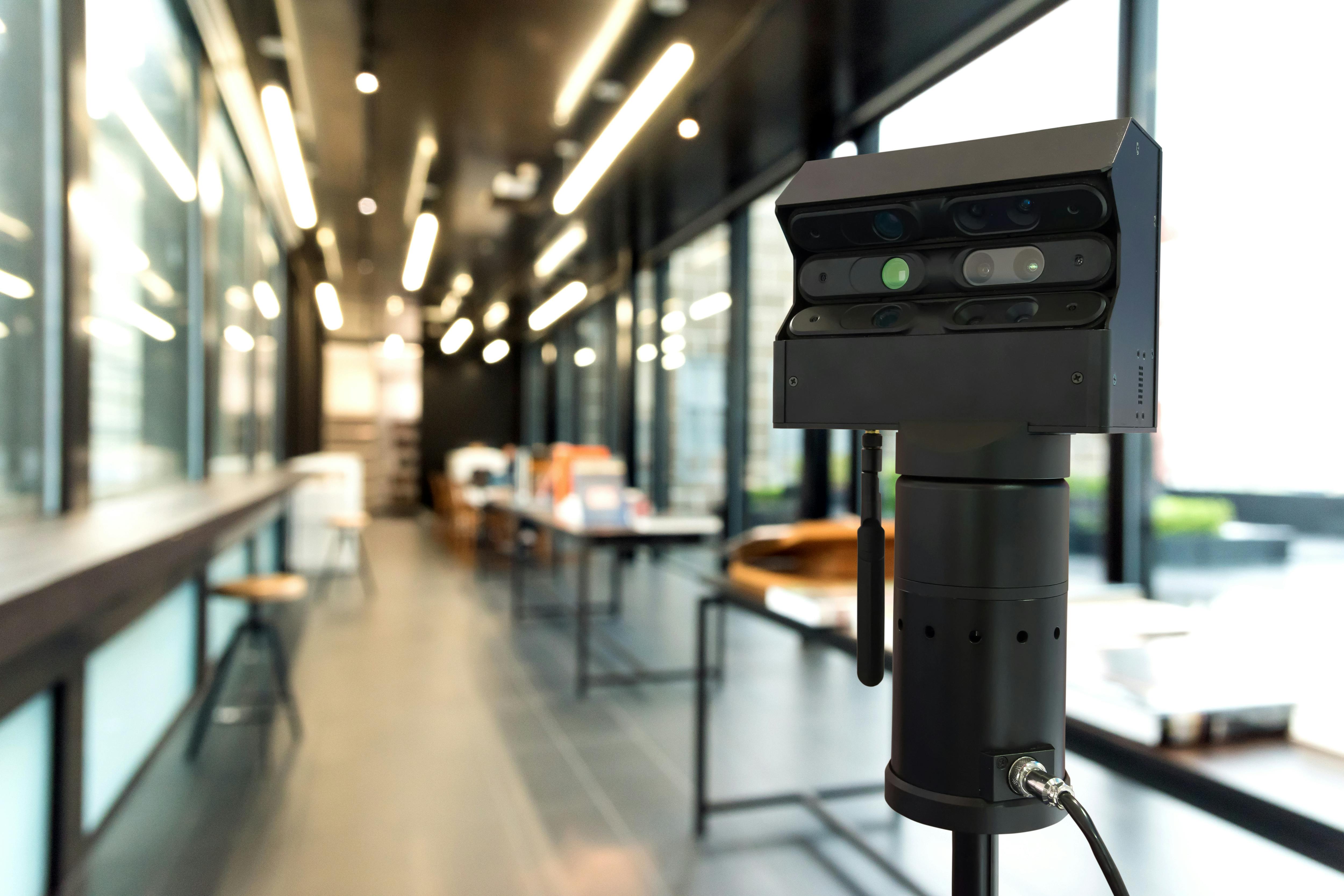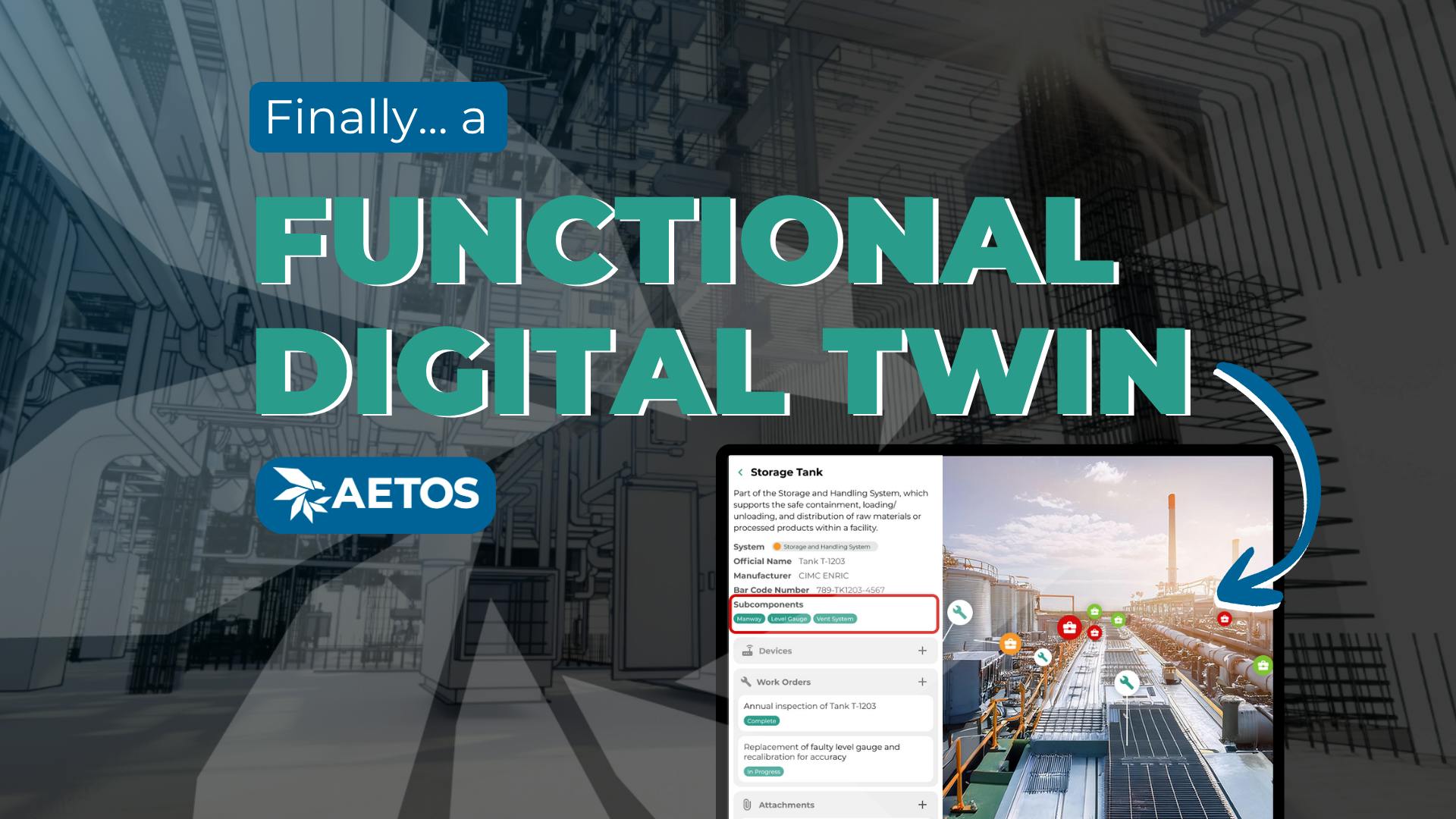What is Matterport and Where Is It Used?
Matterport is an all-in-one platform that makes the lives of designers a lot easier. They call it “the standard for 3D space capture”, and this is definitely a great explanation of the tool. With this tool, users can transform spaces in real life into their twin models in the digital sphere.
Now you must be thinking – this is something like a panoramic scan of what you see in front of you. But, Matterport offers much more than that. It allows you to create, capture, and connect different areas such as rooms and turn them into interactive 3D space models.
About Matterport
Matterport’s platform exists since 2011. Ever since, it has been updated and upgraded to offer the best 3D experience to everyone who needs it, starting from individuals who wish to make their space more digitally tangible, to Fortune 500 companies spread across over 150 different countries.
Since the beginning, Matterport has assisted thousands of individuals and companies. The platform has been used to process not thousands, not millions – but billions of images and turn them into 3D models. Thanks to its powerful features suite and excellent pricing, the popularity of this tool is growing every day.
Some of the most notable features of Matterport include:
- Dollhouse views – 3D floor plan perspectives that resemble a doll house, fully interactive and photorealistic.
- Commenting and sharing features –you can communicate data and collaborate more efficiently with others, as well as leave notes for yourself.
- Mattertags – these are links, notes, videos, and e-commerce workflows embed in the model.
- Measuring feature – once you have the 3D model, you can use the measurement mode to accurately measure anything in it.
- MatterPak – allows you to download, import, and even edit digital assets from the Matterport cloud.
- Blur Brush for privacy – you might want to protect people’s privacy or some personal information, which is why you need this tool.
How to Use Matterport
There’s no one industry or group of people that this platform is limited to. It’s mainly created to assist those in the design industry, but Matterport has been an incredible tool to individuals also. Here is how you can use it.
Create Your Account
To start, you need to download the app called Matterport Capture, as well as create your account on the platform. There’s a free subscription, which allows you to test the tool before you are ready to invest in it.
Use Your Phone to Scan the Space
By clicking the button on your 3D camera, whether it is a lidar camera, 360° spherical camera, or the one on your phone, you can start the process. The Matterport Capture app you downloaded on the App Store or Google Play will allow you to scan any space. People use it to scan rooms in their homes, designers use it to create customizable plans for home design, and businesses scan their offices, factories, and other facilities.
Wait for the Tool to Do the Work
At this point, your job is finished. Now comes Matterport’s job or, more specifically, the AI tool’s job. The Cortex AI platform will transform the scan you made into a 3D model. The tool is advanced, which allows it to stich various scans together, identify the objects within the spaces, and reconstruct everything into a truly immersive, customizable virtual tour.
Do Your Changes
When Cortex’s job is finished, you’ll have an amazing 3D model that is a true representation of the actual, physical thing. You can then use it for whatever you need it for – to edit, annotate, modify the space, or add things to it.
Once you’re done, you can use it to decorate your home or office, publish it, or share it with someone else. The platform makes collaboration and sharing easy.
Who Can Use Matterport – and Why
We’ve already established that Matterport is excellent on an individual and company level at the same time. But, who are the customers of this tool? Who are the ones who use it most frequently to make their lives easier?
According to Matterport, the industries that use this tool the most are:
- Real estate
- Retail
- 3D photography
- Homeowners
- Architects and engineers
- Travel and hospitality
- Insurance and restoration
- Facilities management
Naturally, this list does not limit you from using the tool solely if you work in tourism, real estate, or are an architect. If you, for any reason, need to transform a physical space into its digital twin, this is an excellent and simple-to-learn platform to do that.



